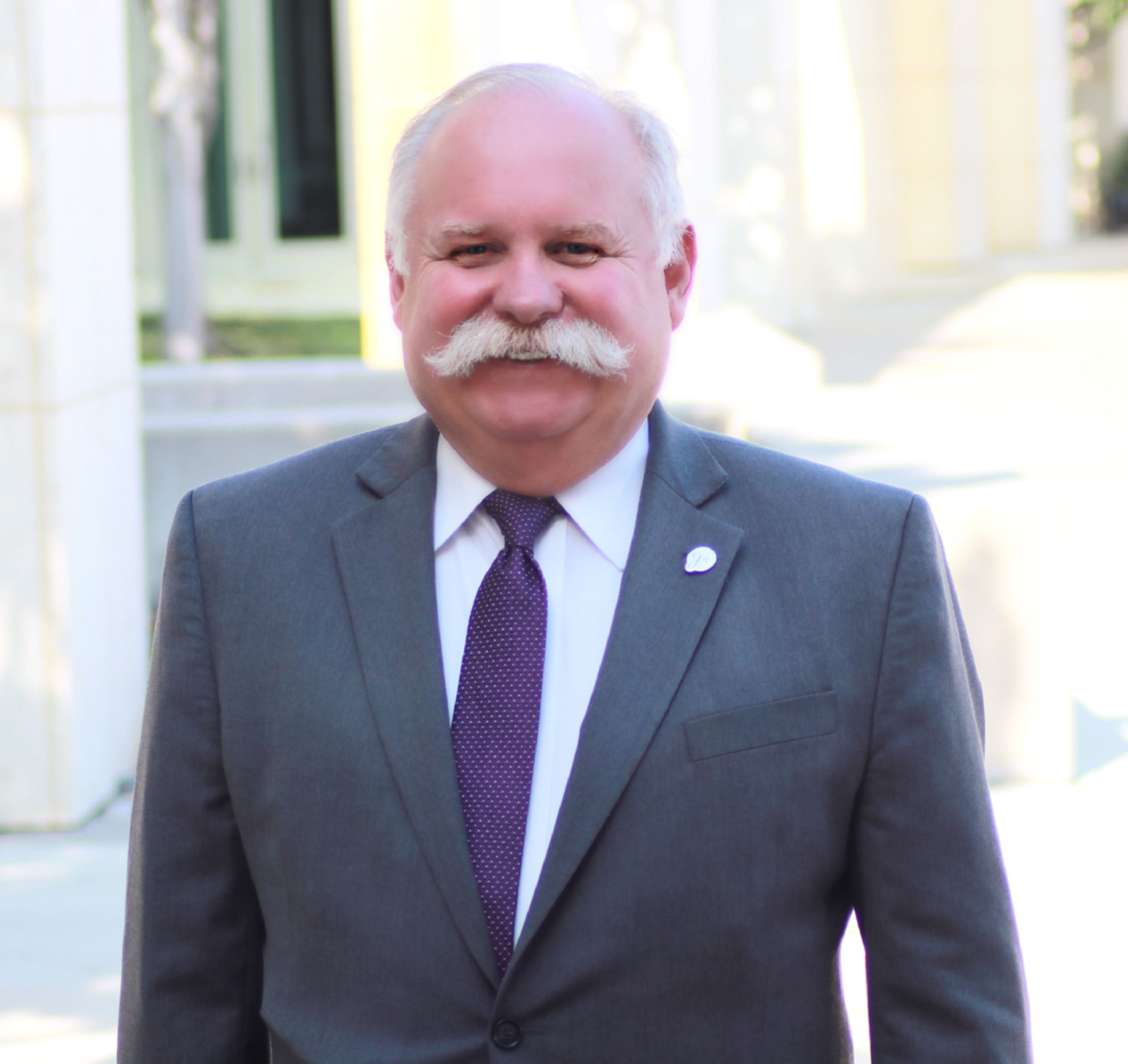 Community association committees are a great tool for easing the workload of association boards. There's a world of talent, skills, and knowledge within your association community. Here are a few quick tips on how to create an effective community association committee:
Community association committees are a great tool for easing the workload of association boards. There's a world of talent, skills, and knowledge within your association community. Here are a few quick tips on how to create an effective community association committee:
The Benefits
First, understand the benefits a committee brings to an association, especially the board. In today's busy world, everyone is juggling multiple tasks and responsibilities. Community association board members not only have the responsibility of overseeing community management but have personal and professional lives that demand attention. An advisory committee eases the load by taking a closer look at a management need or concern. Having a committee that is focused on a certain issue provides a fresh perspective on how to approach or manage the situation. With committee feedback and input, an association board is capable of making more informed decisions for the good of the community. An additional benefit, in addition to board support, is the community involvement from committee members. Serving on a committee allows community members to contribute without serving on the board. If their committee experience is positive, they may even decide to seek election to the board in the future.
The Right People
To establish an effective committee, you need to assemble the right people. How do you go about choosing the right association members for the task? Rely on the strengths and talents residing within the community and match those elements with the appropriate committees. A CPA is an excellent fit for a budget committee while a landscaper is a great fit for a grounds committee. Asking professionals to share their knowledge and skills for the betterment of the community is a great way to involve members and to adequately address community issues. Be aware, however, of community members eager to serve on committees where they have a personal agenda. This type of committee member is destructive and hinders the effectiveness of the committee's time and efforts. Seek only those members who are committed to the good of the cause.
A Committee Charter
A committee charter serves as a blueprint for guiding a committee's direction and scope of authority. Developed by the association board, the charter sets parameters and expectations. A strong charter includes the following:
- Purpose-define the purpose of the committee, whether it is tasked with providing feedback or solving a problem.
- Product-clearly state expectations; what is the committee expected to produce?
- Timeframe-let the committee know how long they are expected to serve. Is it a standing committee or one that will only be needed for several months?
- The budget immediately shares the number of funds available for the committee's task; if there are no funds, share that information also.
- Reporting-establish, the method, and frequency committees will use to communicate with the board: note that decision-making committees must produce minutes.
A committee charter is an important and necessary tool for committee management. A charter provides guidance and set expectations, resulting in a more effective committee.
Say Thank You
Committee members, like association board members, are volunteers. Recognize those who invest their time by thanking or highlighting them in newsletters, social media, and/or at association events. Ask committee members to provide a testimonial regarding why they serve. Testimonials from committee members are a great tool for recruiting future members.
Creating an effective community association committee is a great way to involve association members. The key is to seek out those members with the talents and skills needed for the committee's task. Take time to establish a clear committee charter to guide members with goals and expectations. Community association committees provide support for board members by taking a fresh, focused look at issues, tasks, or concerns. To be an effective committee, members must not have personal agendas. What members must have instead is an interest in contributing to the good of the community. For a better understanding of how to create an effective committee for your association, contact us today.

